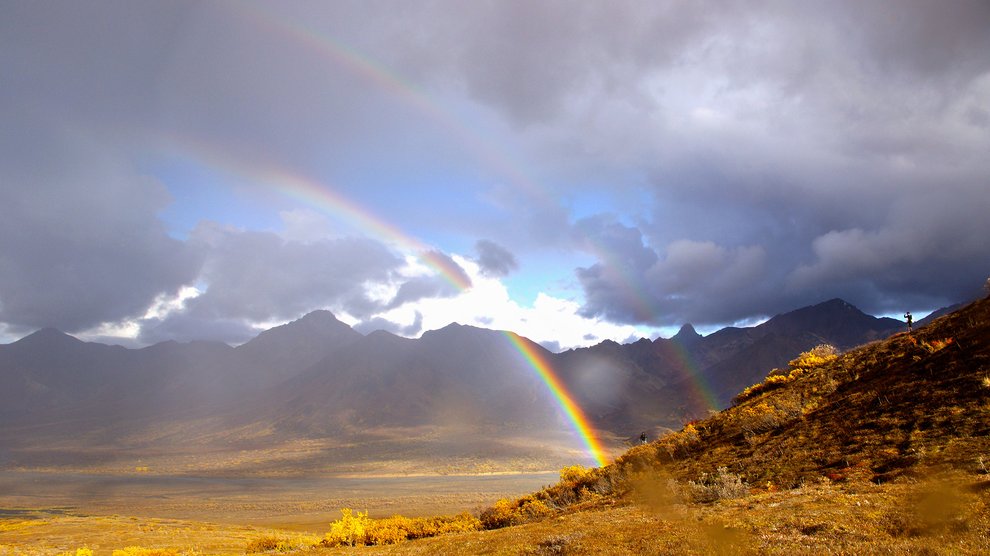Some rainbows don’t have to employ a full color palette in order to dazzle us with their beauty. Others have extraneous features that distinguish them from ordinary rainbows. And still other atmospheric anomalies continue to elude even the most experienced experts.
On top of that, there are many ways of organizing rainbows into categories, with little agreement as to which is the best approach.
Atmospheric scientist Jean Ricard presented yet another

Ricard’s method is more transparent than its predecessors; by using it, amateur scientists can identify rainbows on their own. Here’s Sarah Zielinski, writing for National Geographic:
The system is so simple that most anyone could look at a picture of a rainbow, put it in a class, and understand what’s going on, he said. A misty red rainbow, for instance, could only be created near sunrise or sunset with tiny raindrops.
“The public continues to be fascinated by rainbow sightings, and I’m often asked to interpret folks’ photographs of rainbows,” said Raymond Lee, a meteorologist at the U.S. Naval Academy in Annapolis, Maryland. “Thus, any agreed-upon scientific principles that help explain how colors vary from one rainbow to the next is a real plus.”
If scientists can capture the full spectrum of rainbow diversity, their insights could lead to better atmospheric science research in general—on our planet and beyond. For example, in 2011, the European Space Agency spotted an optical phenomenon called a “glory” on Venus. This was the first time a full glory had been detected on another planet, and it meant that astronomers could peer through it to identify the chemical components of Venus’s atmosphere. Other types of rainbows and glories could be a literal lens through which to study the proliferating number of exoplanets on scientists’ radars.

